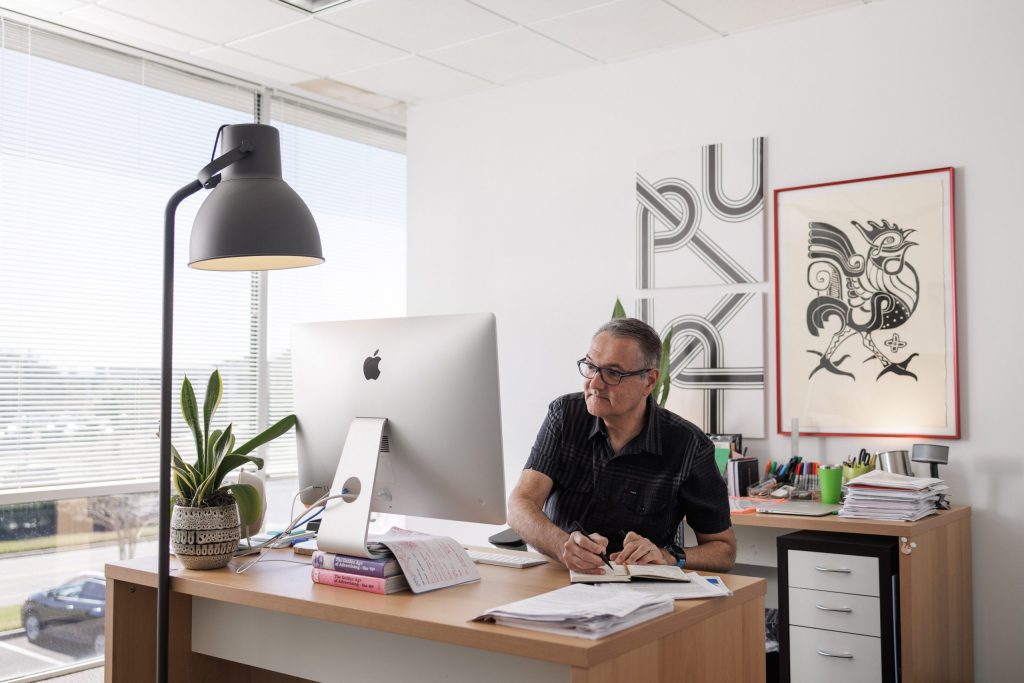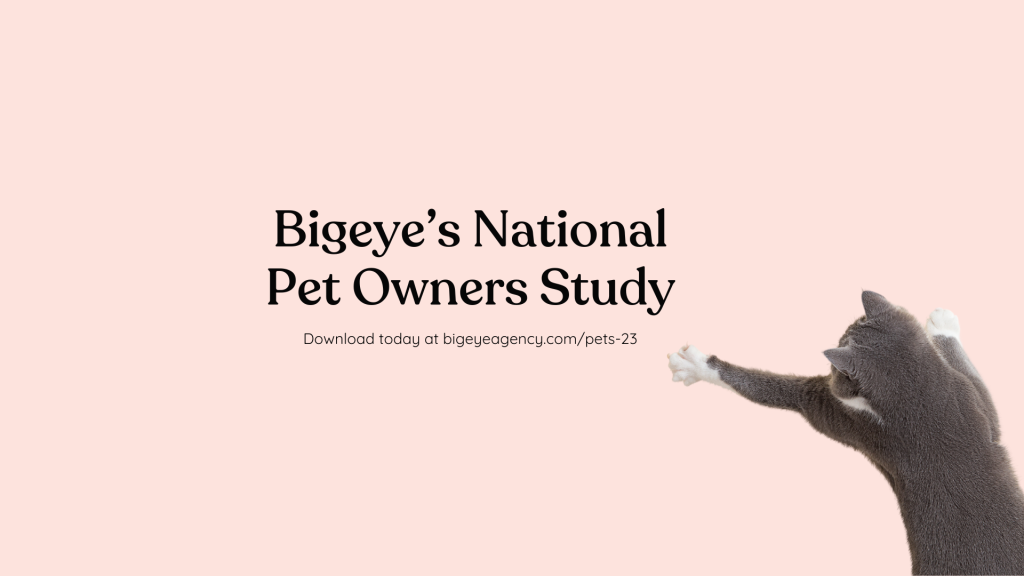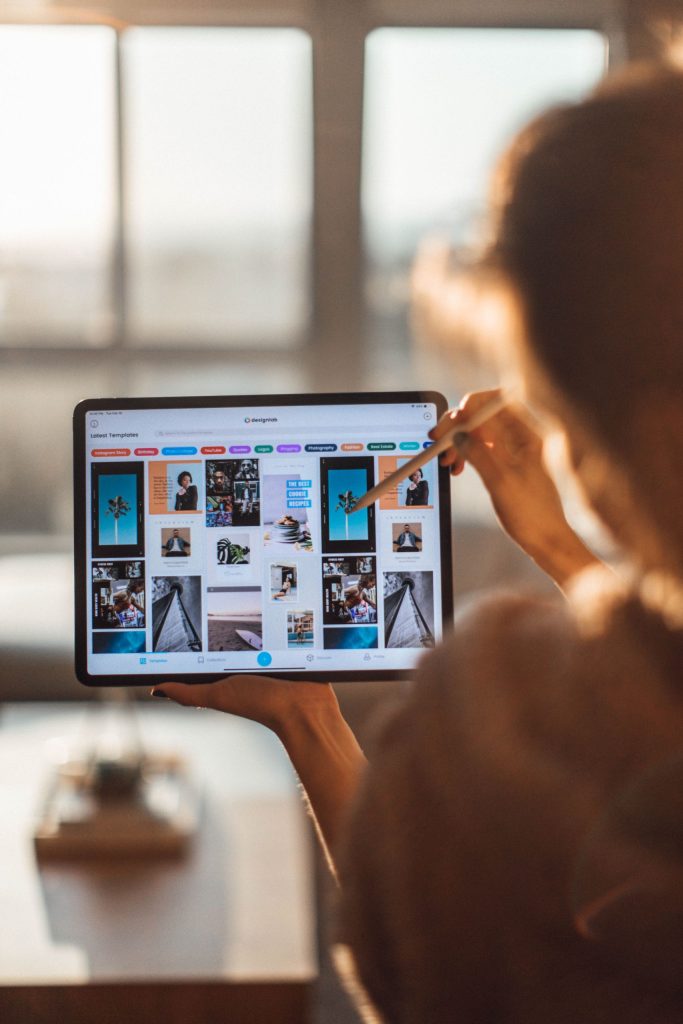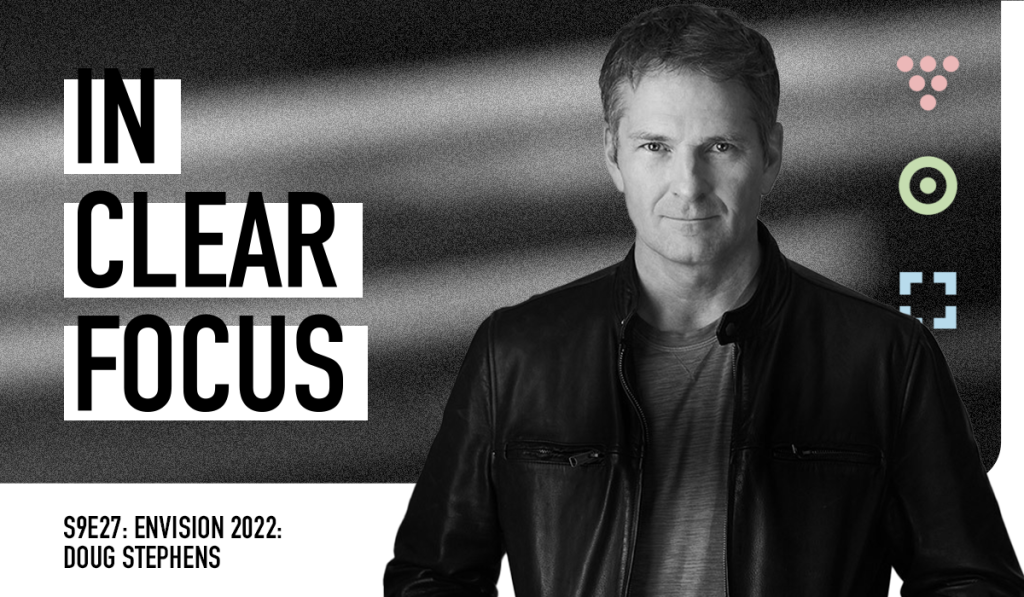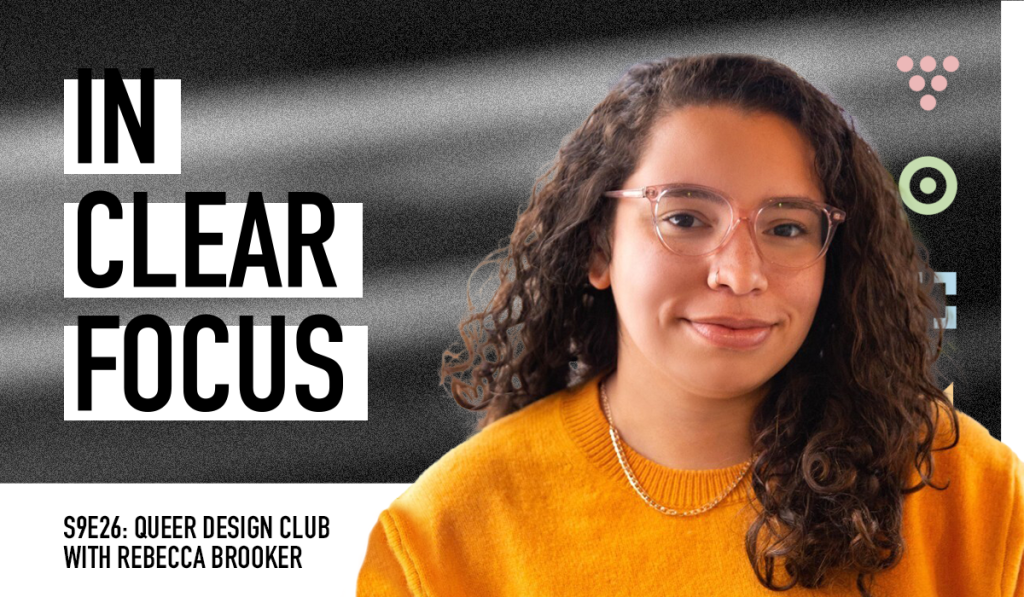Key Digital Marketing Collateral to Engage Rental Prospects
Marketing collateral gives property owners the means to communicate their brand messages and provide more information to potential customers. Think of print pieces like business cards, brochures, and floor plans. In contrast, digital collateral puts this messaging online, casting a much larger net than passing out flyers or face-to-face appointments with each prospect. The Value of Digital Collateral for Multifamily Housing Zillow found that …
Key Digital Marketing Collateral to Engage Rental Prospects Read More »





